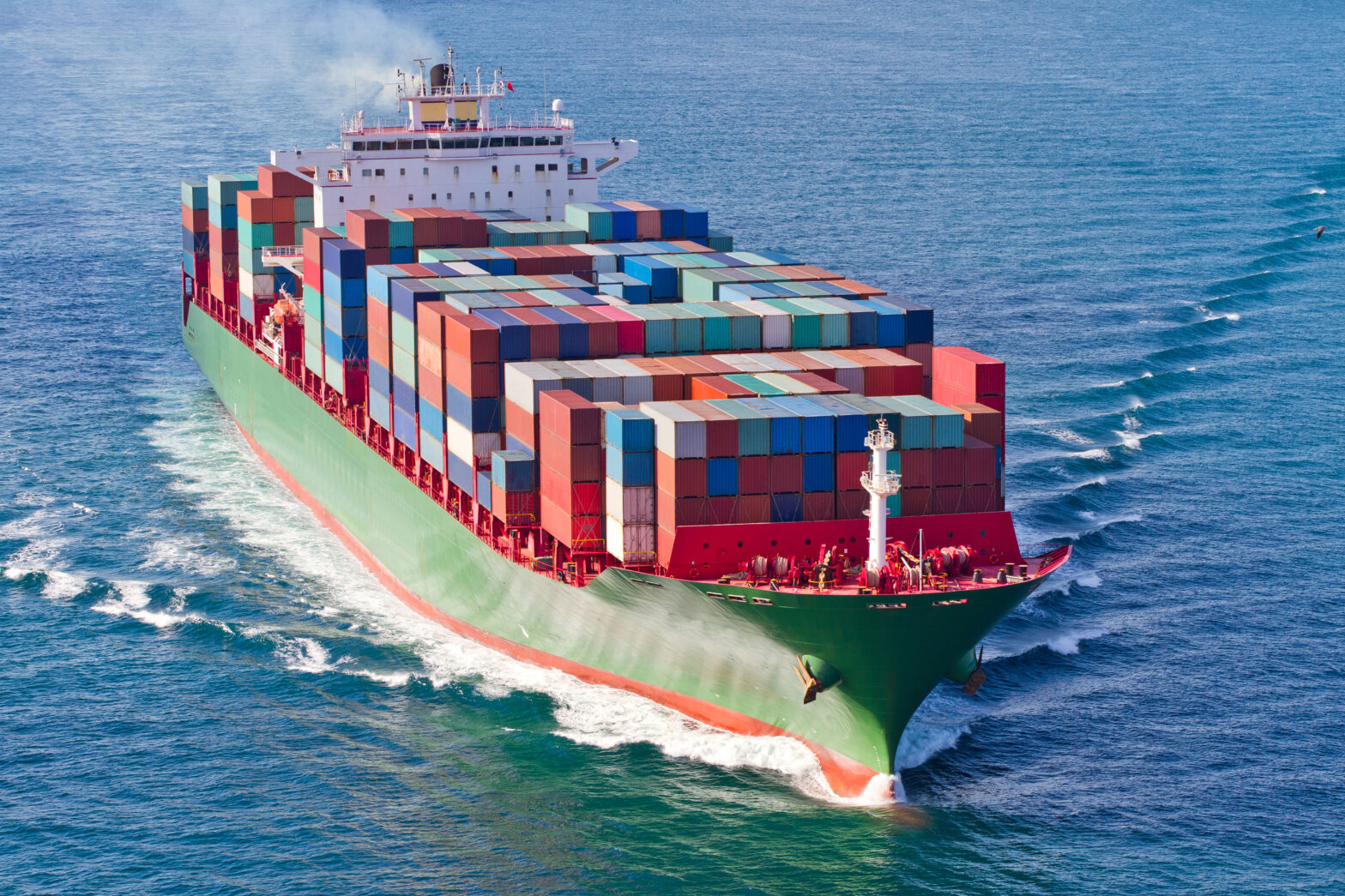Healthcare and China, with its world’s largest population of 1.3 billion, are not two words that normally go together. But with an exploding middle class and a rapidly-ageing demographic, that’s all changing. Now, with unprecedented demand for quality healthcare and all the medicines and related supplies that are an essential part of it, the giant nation is emerging as the fastest-growing pharmaceutical sector in the world.
China, long the manufacturing destination for companies all over the world — lured by incredibly low costs and an abundance of materials and labour — is today becoming a far wealthier nation in its own right. At the turn of the century, it was a far different story, as only 4 per cent of the urban population was middle class and able to afford the luxuries and healthcare they wanted, according to a report from consulting firm McKinsey & Company.
Just over a decade later, in 2012, over half those living in China’s large cities (54 per cent) were considered middle class — earning between $9,000 and $16,000 a year. That figure, however, is predicted to balloon to 76 per cent of the urban population by 2022, propelled by tech jobs that are now paying more as well as work in the lucrative service sector. Also by 2022, 54 per cent of the Chinese urban population will be defined as upper middle class, earning between $16,000 and $34,000 a year.
Ageing ‘time bomb’
As China’s middle class rises, its ageing population is also on the ascendancy, posing a raft of difficulties for Beijing — adequate healthcare, most especially. The Chinese are getting older at a faster rate than the population of other countries, and the United Nations forecasts there will be around 330 million retirees in China by 2050, from 100 million in 2005.
The rapidly greying population, a result of the nation’s strict one-child policy that has since been abandoned, is expected to place unprecedented strain on China’s already overburdened public healthcare system. But at the same time, thousands of new and private hospitals are springing up around the country to cater for growing healthcare needs — almost 2,000 new medical centres in 2016 alone. This brings the number of private hospitals in China to 160,000, far more than the 130,000 public hospitals in the country.
Indeed, China is hurtling towards an all-out healthcare crisis that threatens to overwhelm the nation. Officials are scrambling to come up with global solutions to offset a host of age-related illnesses and conditions. Dementia cases in China, for instance, are forecast to reach 30 million by 2050.
Growing pharmaceutical market
China is already the second-largest pharmaceutical market in the world and, due to the expanding middle class and numbers of elderly people, has become the fastest emerging market globally, according to a report by healthcare firm IQVIA. In 2017, the country’s pharmaceutical industry was worth $122.6 billion and that is forecast to rise to between $145 billion and $175 billion by 2022.
Despite the vast amount of hospitals and medical centres in the country, pharmaceutical industry analysts still see China’s healthcare sector as being in its infancy — and that as the middle class expands and people retire in enormous numbers, demand for medicines and other medical supplies will skyrocket.
President Xi Jinping has targeted his country’s pharmaceutical industry for growth and wants a focus on innovation and research and development — part of Beijing’s Made in China 2025 programme. Analysts also noted that with the pharmaceutical industry in China growing 9.4 per cent from 2013 to 2017, there’s plenty of room for growth as demand soars in the coming years. Additionally, China also has plans to export generic medications and last year gained approval from the US Food and Drug Administration for 38 generic drugs.







